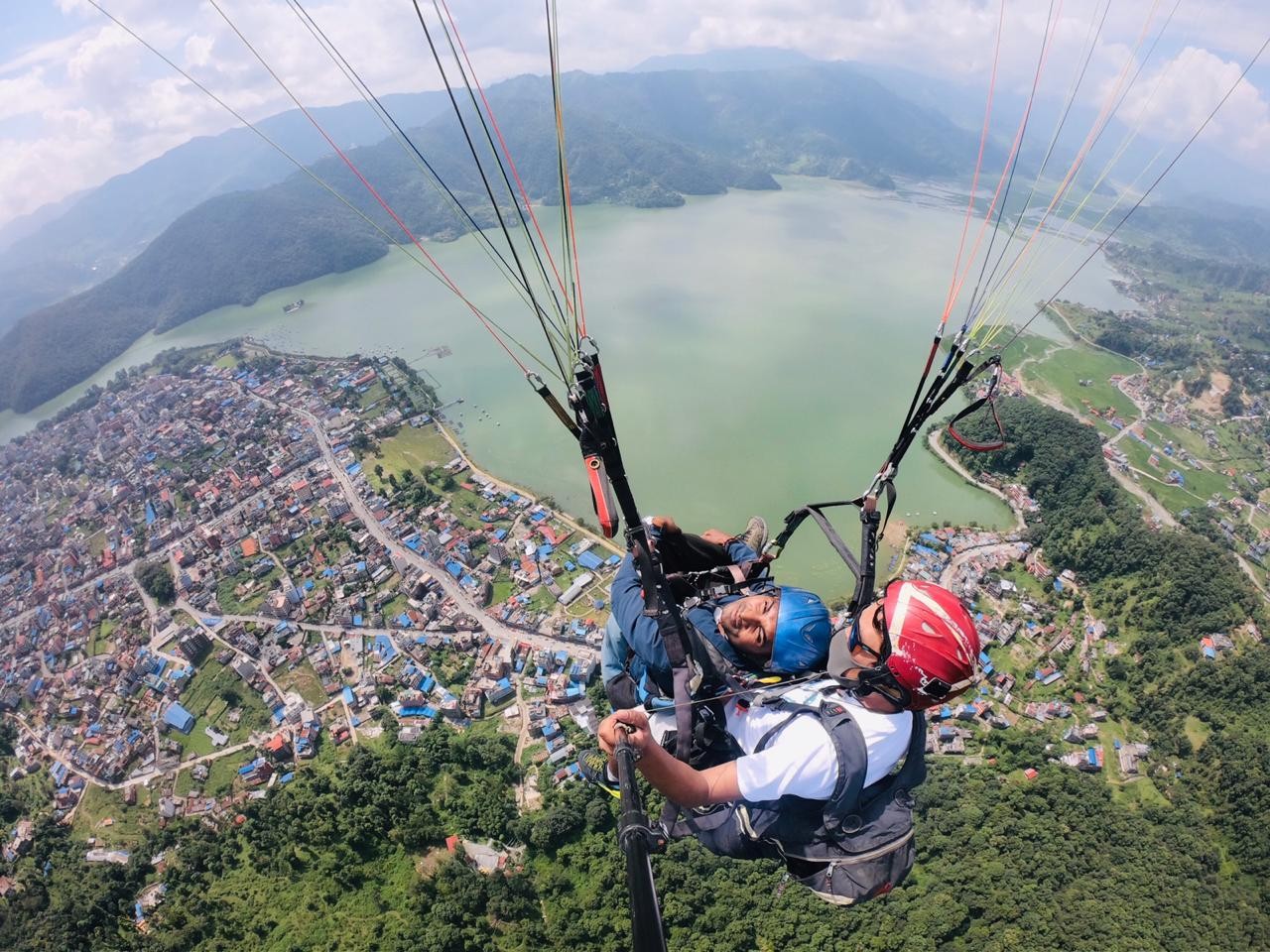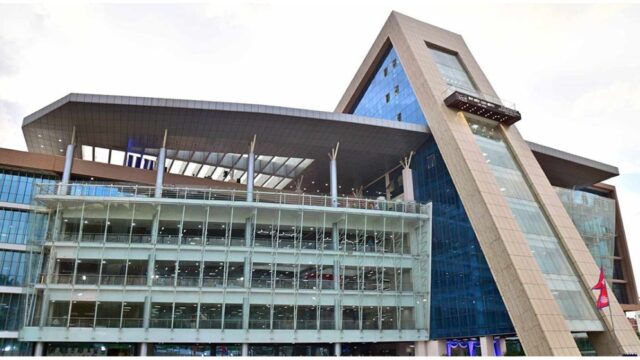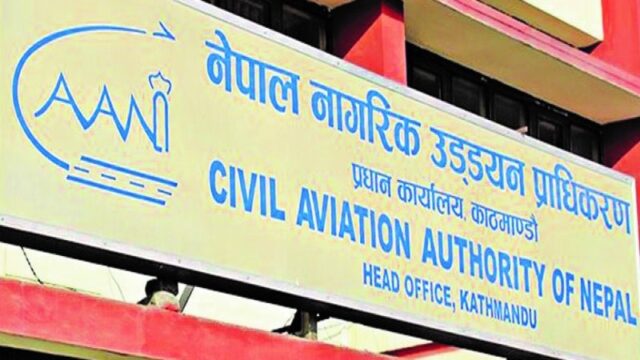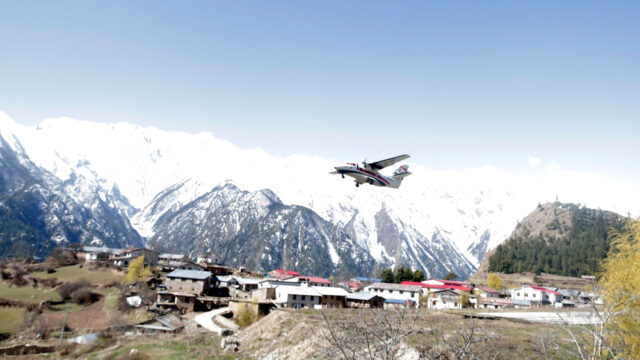After a prolonged period of inconsistent pricing due to internal disputes, paragliding operators in Pokhara have finally agreed on standardized rates. The Nepal Air Sports Association (NAA), which oversees paragliding activities, introduced the new rates to curb unhealthy competition and attract more tourists.
A joint meeting between the Paragliding Operators Subcommittee of the NAA and the Nepal Paragliding Pilots Club decided on different rates based on flight duration. For flights lasting between 15 and 30 minutes, the institutional rate is set at NPR 7,500, with a maximum market price of NPR 8,500. For flights lasting between 30 and 60 minutes, the company rate is NPR 11,250, and the maximum price is NPR 12,750, according to NAA Secretary Balaram Acharya.
The pilots’ remuneration has also been revised. They will now receive 60% of the flight cost, while operators will take 40%. This increase means pilots will earn up to NPR 2,000 more per flight compared to previous rates.
Previously, the NAA had set a rate of NPR 12,000, but when the association stopped regulating prices, unhealthy competition drove prices as low as NPR 3,500, affecting both operators’ profits and pilots’ satisfaction. “The lack of a fixed rate led to unhealthy competition, causing both financial losses for operators and dissatisfaction among pilots,” Acharya stated. “As earnings dropped, pilots began leaving, and revisions were necessary to retain them.”
In December, the NAA handed over pricing authority to individual companies, leading to discontent among pilots and temporarily halting paragliding activities. The new standardized rates aim to resolve these issues and ensure a healthy business environment for both operators and pilots. “We have introduced new rates to eliminate unhealthy competition, and now we’re working on implementing an effective and straightforward enforcement mechanism,” said NAA President Anil KC.
The Civil Aviation Authority of Nepal (CAAN) has authorized the Nepal Air Sports Association to regulate paragliding, including issuing and renewing pilot licenses, ensuring safety, and overseeing operations. However, disputes arose as some operators sought more autonomy over pricing and management decisions, further complicating the situation.
Currently, 74 paragliding companies operate in Pokhara. However, inconsistencies between companies had affected the entire paragliding sector. Previously, flights took off from Sarangkot, but following the opening of Pokhara International Airport, flights now take off from Mandredhunga and Toripani and land in Pame, increasing operational costs.
Paragliding, which began in Pokhara in 2000, is regarded as one of the best in South Asia. With an investment of nearly NPR 1 billion, the industry plays a vital role in Nepal’s adventure tourism sector. Since 2018, CAAN has been issuing licenses to pilots through the NAA, which continues to work towards organizing and stabilizing the paragliding sector in Pokhara.






